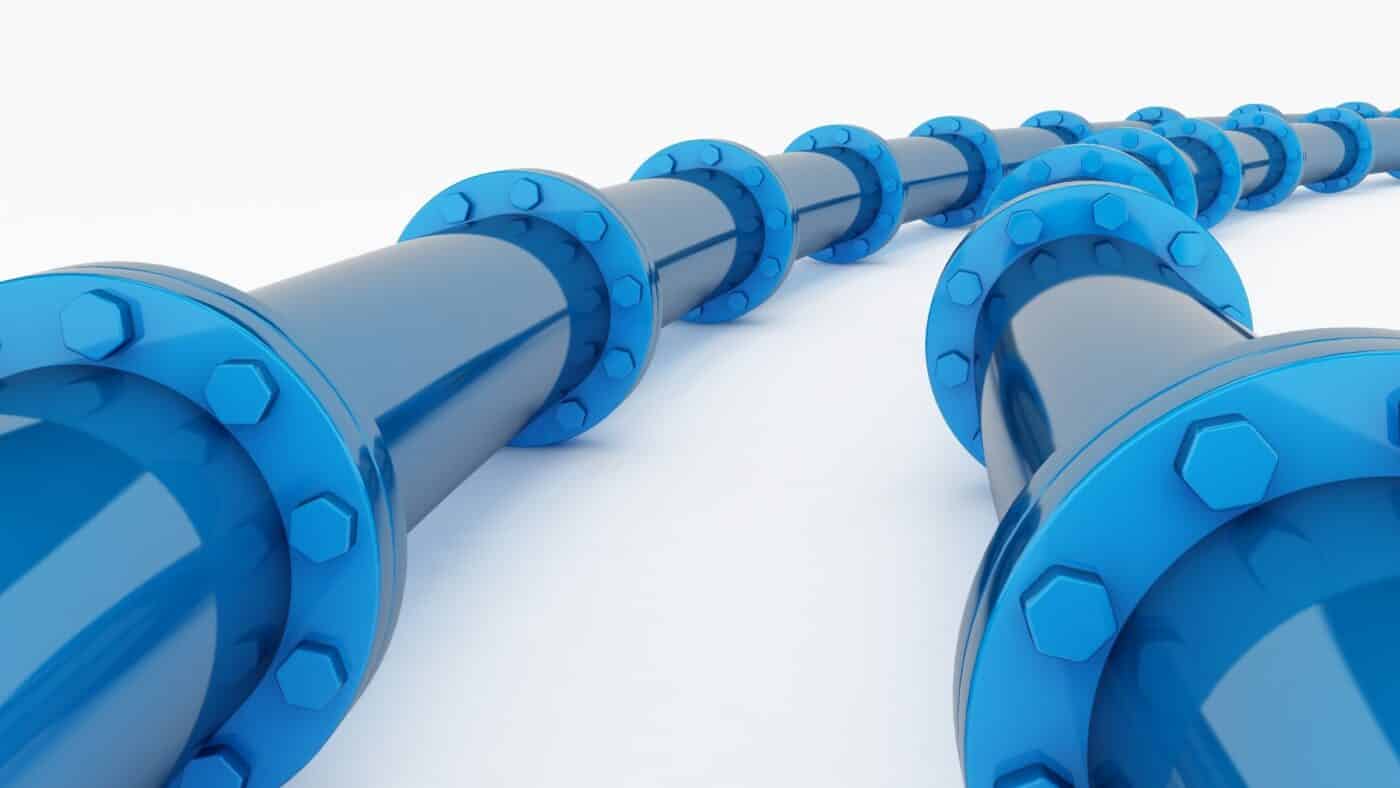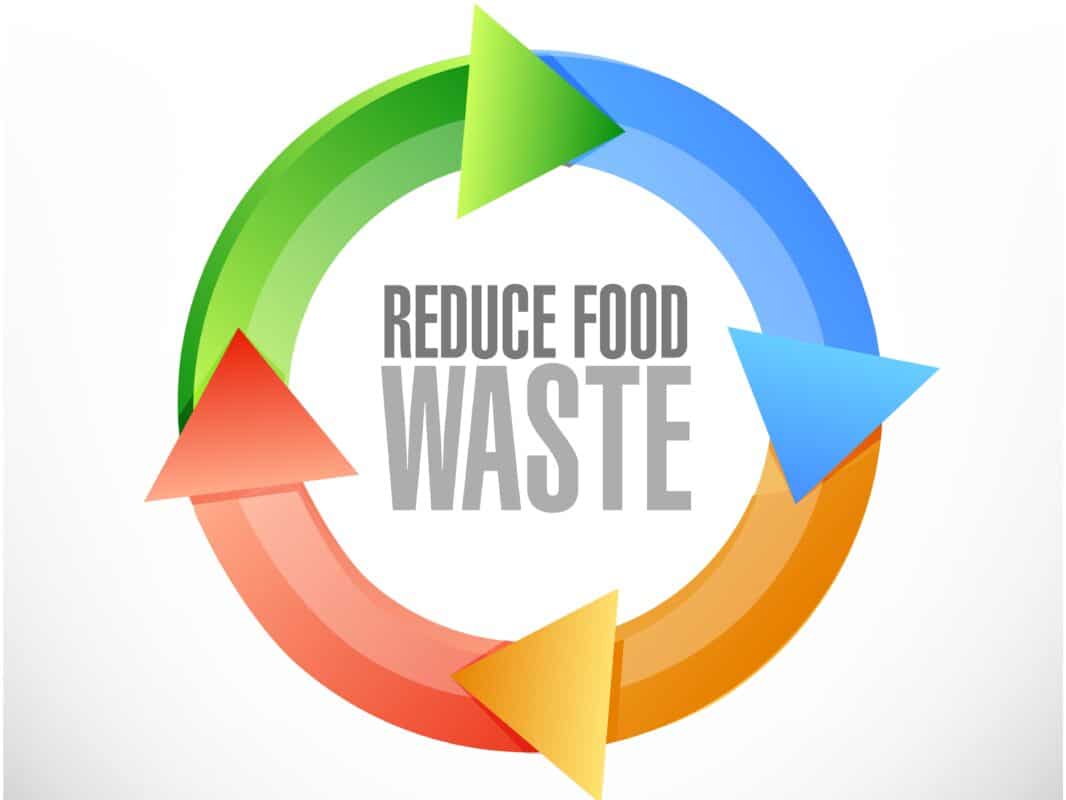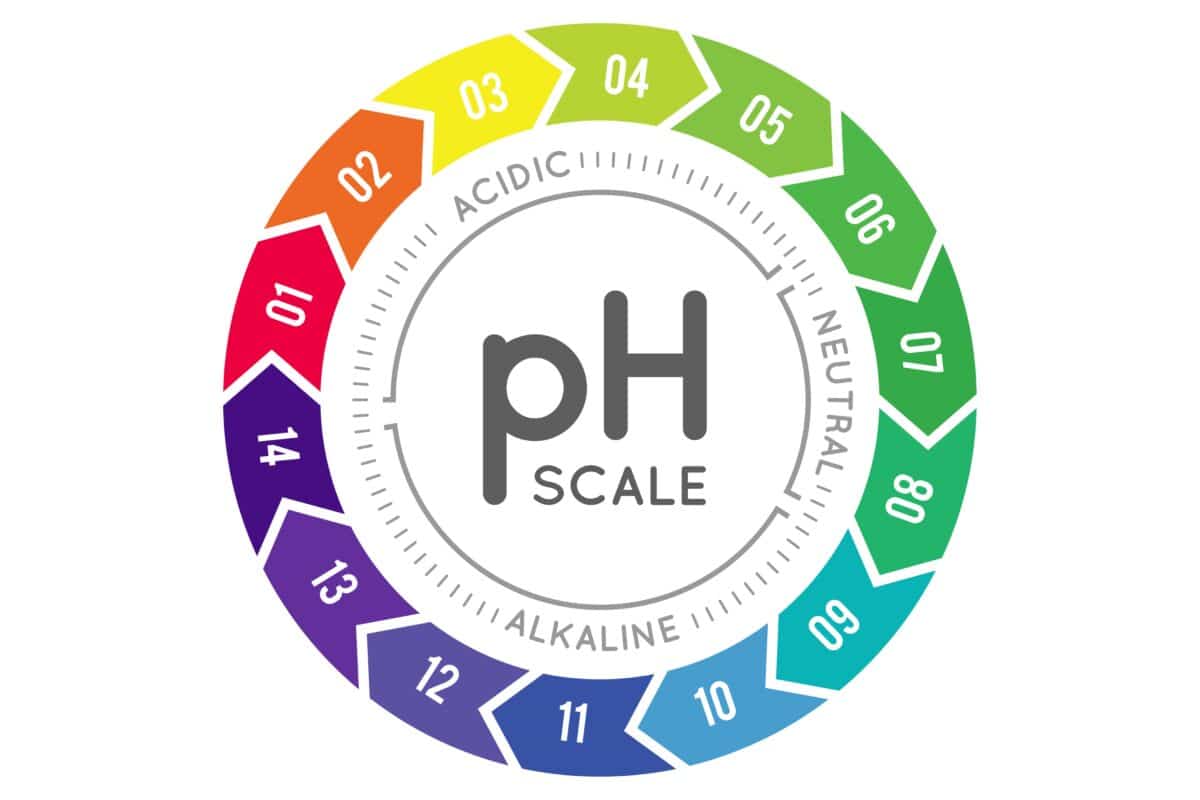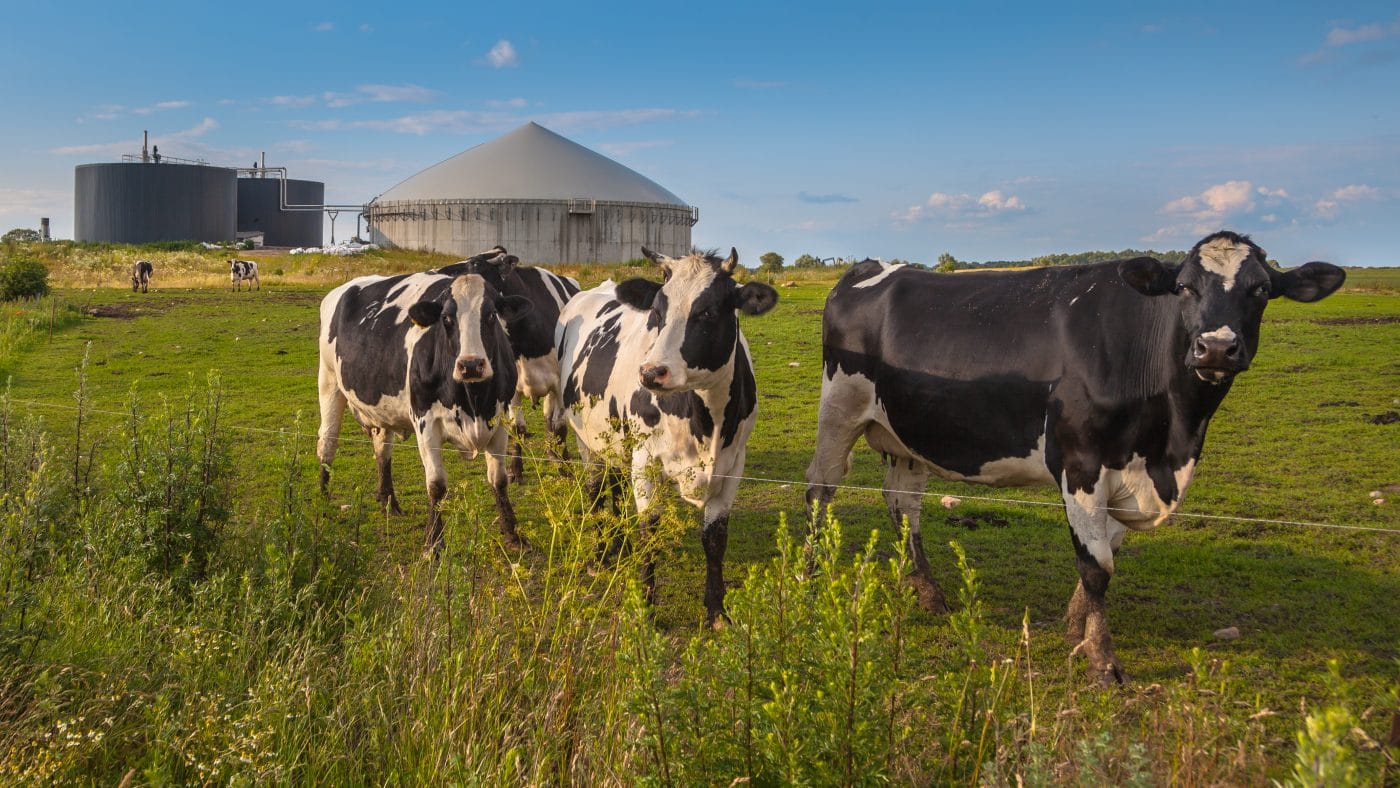Capital costs of an Anaerobic Digestion plant can be high. With the need for surveying, licensing, and other assessments before the construction even begins, it can be a costly process.
From designing the system, to installing and commissioning, important calculations and decisions have to be made to determine the system characteristics. Highly skilled people mean high costs.
A study done into the cost of AD site construction was carried out by the International Energy Agency. They have estimated the range of costs per kWe between £3,000-£6,915. With 200 cows, as a rule of thumb, will require a 200m3 digester. A 200m3 digester equates to 20kWe.
On average, it is £5,000 per kWe. This means the cost of a 20kWe plant will be in the region of £100,000. Add on top of that roughly 10-15% for surveys, licensing, and assessments.
Dependent on the pre and post processing of the feedstock, this can increase the price too. As with anything, there are options with varying costs. A system can be made cheaper by using a flexible tank or a semi-permanent lagoon cover. You can remove unnecessary processes within the treatment if they are deemed so.
These costs incurred are purely capital costs (CAPEX). If we think about operating costs (OPEX) then dependent on the system performance, this can determine how quickly the capital costs can be recovered. if you have an inefficient system, then it is clearly going to take far longer for you to pay back the CAPEX costs. That is why system efficiency is absolutely critical. Often, plants need to be running at around 90% efficiency to hit their cost recovery targets.










